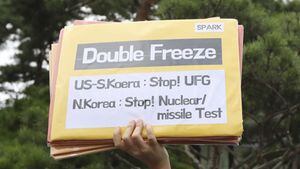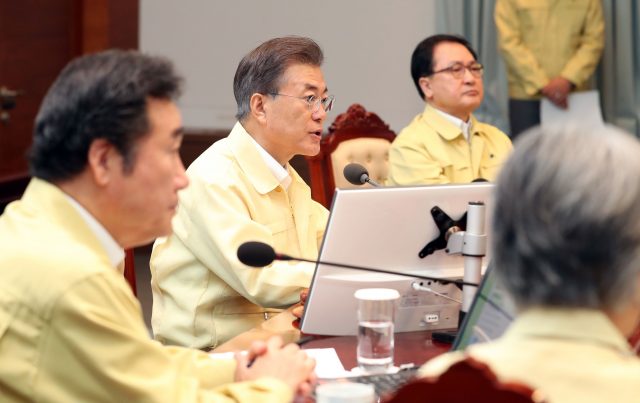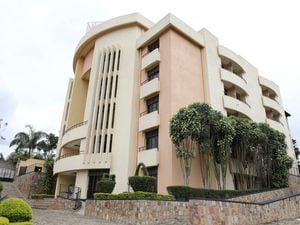South Korea and US troops start drills amid Pyongyang nuclear war threat
The Ulchi Freedom Guardian drills that began on Monday are largely computer-simulated war games and will run until August 31.

South Korean and US troops have begun annual drills that come after tensions rose over North Korea’s two intercontinental ballistic missile tests last month.
The Ulchi Freedom Guardian drills that began on Monday are largely computer-simulated war games and will run until August 31.
Pyongyang calls the 11-day drills a “reckless” invasion rehearsal that could trigger the “uncontrollable phase of a nuclear war”.
South Korea’s president, Moon Jae-in, said on Monday the drills are defensive in nature.
He said the drills are held regularly because of repeated provocations by North Korea.
Earlier this month, President Donald Trump pledged to answer North Korean aggression with “fire and fury”.

North Korea, for its part, threatened to launch missiles toward the American territory of Guam.
The exercise involves 17,500 American troops and 50,000 South Korean soldiers, according to the US military command in South Korea and Seoul’s defence ministry.
No field training like live-fire exercise or tank manoeuvring is involved in the Ulchi drills, in which alliance soldiers, mostly senior officers, sit at computers to practise how they engage in battles and hone their decision-making capabilities.
North Korea typically responds to South Korea-US military exercises with weapons tests and aggressive rhetoric.

During last year’s Ulchi drills, North Korea test-fired a submarine-launched ballistic missile that flew about 310 miles in the longest flight by that type of weapon. Days after the drills, the North carried out its fifth and biggest nuclear test to date.
Last month North Korea test-launched two ICBMs at highly lofted angles, and outside experts say those missiles can reach some US parts like Alaska, Los Angeles or Chicago if fired at normal, flattened trajectories.
Analysts say it would be only a matter of time for the North to achieve its long-stated goal of acquiring a nuclear missile that can strike anywhere in the United States.





